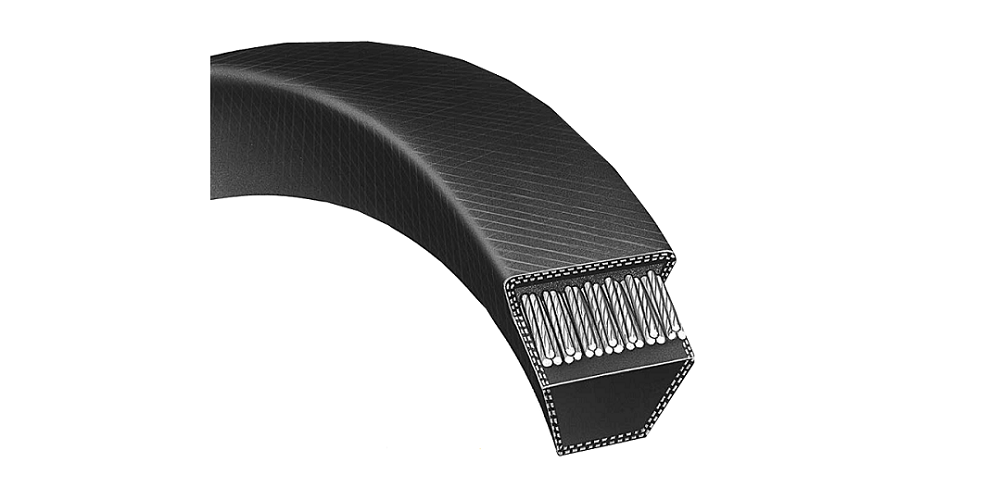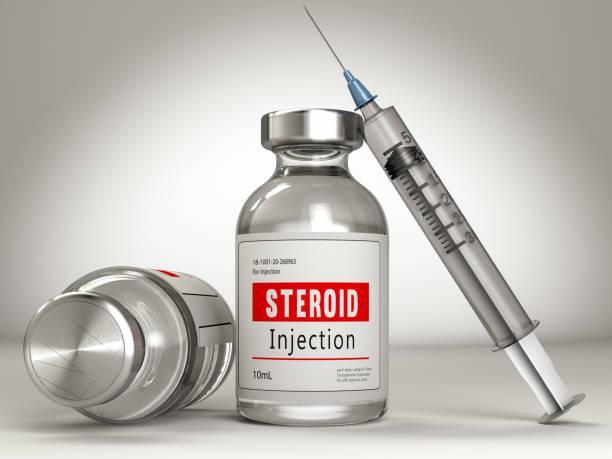Kids need places where they can push their limits, test their courage, and actually move their bodies instead of staring at screens all day. Park climbing towers have become one of the smartest investments communities can make because they combine physical activity with problem-solving skills and social interaction. These structures aren’t just random metal poles stuck together—they’re carefully engineered play experiences that can transform an empty field into the neighborhood hotspot. Research from the American Academy of Pediatrics shows that unstructured outdoor play helps children develop spatial awareness and risk assessment abilities that no classroom lesson can teach. When done right, these towers create memories that stick with kids for decades while building actual muscle strength and coordination.
Why Climbing Towers Work Better Than Standard Playgrounds
Regular swing sets and slides get boring fast. A kid figures them out in about ten minutes, and then what? Climbing towers are different because they present multiple challenges at different skill levels. A five-year-old might stick to the lower rungs while their older sibling tackles the cargo net up top. This means the equipment grows with your kids instead of being outgrown by second grade.
The physical benefits are legit too. Climbing uses muscle groups that most modern activities completely ignore. When a child reaches up to grab the next handhold, they’re building upper body strength. When they figure out where to place their feet, they’re developing proprioception—basically, knowing where their body is in space. Studies from pediatric sports medicine journals indicate that climbing activities improve grip strength by up to 40% over six months of regular use.
What really gets overlooked is the mental workout happening at the same time. Every climbing decision requires quick risk evaluation. Is that branch strong enough? Can I reach that far? Should I go left or right? These aren’t trivial questions for developing brains. They’re building the same neural pathways that help with math, reading comprehension, and eventually driving a car.
Safety Features That Actually Matter
Let’s talk about what makes a tower safe versus what just looks safe. The surface underneath matters more than most people realize. You want impact-absorbing materials rated for the fall height of your tower. Rubber mulch, engineered wood fiber, or poured-in-place rubber can all work, but they need proper depth. The Consumer Product Safety Commission recommends at least 9 inches for structures up to 7 feet tall, and more for anything higher.
Hardware quality separates the good towers from the lawsuits waiting to happen. Stainless steel fasteners resist corrosion way better than regular bolts. Welded connections beat bolted ones for long-term durability. And here’s something nobody tells you—the coating matters as much as the metal underneath. UV-resistant powder coating prevents degradation from sun exposure, which is huge because most tower failures start with surface wear.
Spacing between climbing elements follows specific ratios based on child anthropometry data. Rungs placed too far apart exclude younger kids. Too close together and they become tripping hazards. Professional installers use standards from ASTM International that specify dimensions down to the inch based on age groups.
Design Options That Keep Things Interesting
Modern towers come in configurations that would blow your mind if you haven’t looked at this stuff recently. Some incorporate bouldering walls with varied textures and angles. Others mix in rope bridges, tunnel slides, or even musical instruments built into the structure. The best designs create multiple pathways to reach the top, so kids aren’t just following each other in a line.
Theming can make or break adoption rates. A tower designed to look like a castle or treehouse or rocket ship gets used more than generic metal frameworks. Why? Because kids have better imaginations than adults give them credit for. That tower isn’t just exercise equipment—it’s a pirate ship they’re defending or a fortress they’re infiltrating.
Modularity has become a bigger deal lately. Instead of one massive permanent structure, some manufacturers offer expandable systems where you start with a basic tower and add elements as budget allows or as community needs change. This approach makes way more financial sense for smaller municipalities working with tight budgets.




